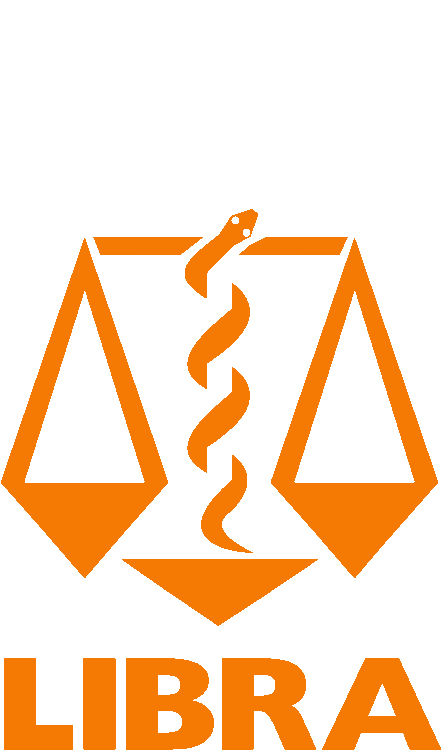Background. Rapid expansion of HIV testing and early HAART has been recommended to reduce the risk of transmission. About 800 HIV-infected patients are diagnosed annually in Uruguay. Half of them are cared in the Health Public System. In our country no actions have been implemented to promote diagnosis test however there is universal access to HAART. Objectives: Identify variables associated with late diagnosis in HIV-infected patients diagnosed during the years 2007 to 2009 at the Public Hospital of Infectious Diseases in Montevideo.
Methods. a retrospective cohort study was conducted in HIV-patients with the first HIV confirmatory test in the studied period. Late diagnosis was defined as: CD4 ‚ȧ 200 cells/mL at diagnosis, AIDS at diagnosis or 12 months later. A multivariate regression model was performed.
Results. We included 452 HIV-infected patients diagnosed in the period, 61.5% men and 38.5% women. The age at diagnosis was 36.7¬Ī12.1 years (median, 35 years), no significant differences by gender. Data were available in 415 patients. Late diagnosis accounted for 50.6%. The CD4 count at diagnosis was 110/mL¬Ī108/mL in late diagnoses and 522/mL¬Ī268/mL in early diagnosed, p < 0.0001. 37.8% were diagnosed with 350 CD4/mL count or higher. HAART was initiated in 193 of 295 (65.4%) HIV-infected patients with indication for the start. The time from diagnosis to initiation of HAART was 19¬Ī12 weeks (median, 18 weeks). The following were protective factors of late diagnosis in the multivariate analysis: diagnosis of HIV in pregnancy, OR 0.02 (95%CI 0.02-0.12, p< 0.0001) and contact with previously diagnosed case, OR 0.20 (95%CI 0.10-0.40, p< 0.0001).
Conclusion. Pregnancy and the recruitment of HIV-infected contacts were associated with early diagnosis of HIV infection in our cohort. It is necessary to identify other conditions that allow early access to diagnosis and treatment of HIV infection as part of prevention strategies.




